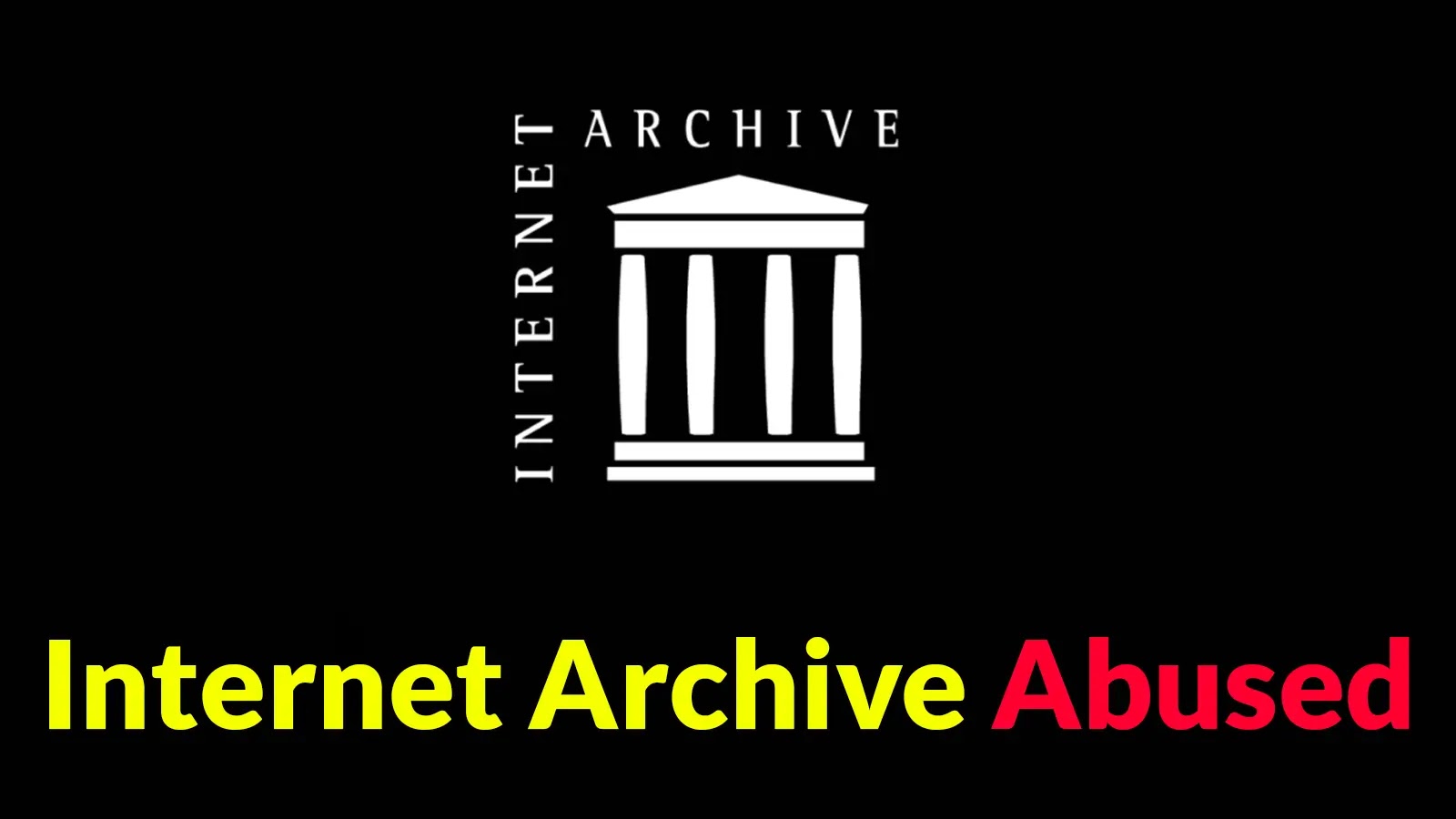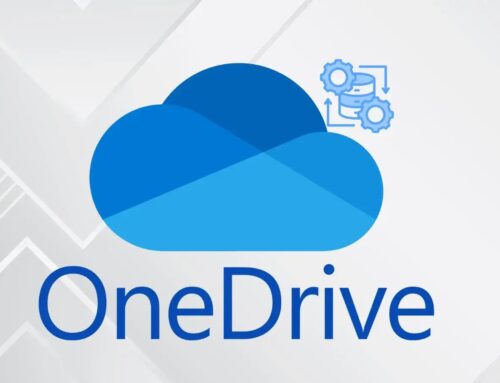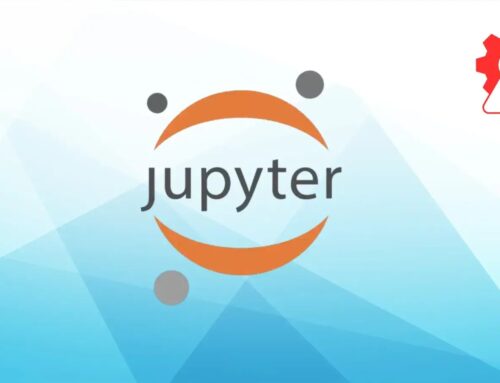
Internet Archive Abused for Hosting Stealthy JScript Loader Malware
The digital landscape is a constant battleground, and threat actors are perpetually innovating, seeking new avenues to bypass defenses. While traditional phishing and exploit kits remain prevalent, a disturbing trend has emerged: the abuse of legitimate, widely trusted infrastructure for malicious purposes. Recently, security researchers uncovered a sophisticated malware delivery campaign leveraging precisely this tactic, utilizing the Internet Archive – a revered digital library – to host stealthy JScript loader malware. This evolution in attack methodology demands immediate attention from cybersecurity professionals and IT teams alike.
The Internet Archive: A New Vector for Malware Delivery
For decades, the Internet Archive (archive.org) has served as an invaluable resource, preserving web pages, digital media, and software for public access. Its reputation for legitimacy and vast infrastructure makes it an ideal, albeit unintended, staging ground for sophisticated attacks. The recent discovery highlights how threat actors are exploiting this trust. The attack chain commences with deceptively innocuous JScript files delivered via malspam campaigns. These initial droppers are designed to be stealthy, often appearing as legitimate attachments or links.
Deconstructing the Attack Chain: From JScript to Stealthy Payload
Once executed, the initial JScript file acts as a sophisticated orchestrator, not a direct malware payload. Its primary function is to invoke a PowerShell loader. This PowerShell script, the true workhorse of the initial infection phase, then reaches out to the Internet Archive’s legitimate infrastructure. Instead of hosting exploit kits or direct executables, the attackers are leveraging archive.org to retrieve highly obfuscated payloads. This strategic use of a trusted domain significantly complicates detection by conventional security solutions that often whitelist or apply less scrutiny to traffic destined for well-known, reputable sites.
The use of JScript and PowerShell in conjunction is a common but effective combination for initial access. JScript allows for execution within the Windows Script Host (WSH) environment, often without triggering immediate alerts, while PowerShell provides native capabilities for network communication, file download, and execution of subsequent stages. The obfuscation of the final payload further ensures that static analysis struggles to determine its true nature, pushing detection to runtime analysis, by which point the system may already be compromised.
Unveiling the Stealth: Obfuscation and Evasion Techniques
The success of this campaign hinges on the advanced obfuscation techniques employed. The payloads hosted on the Internet Archive are not easily decipherable by automated tools. This makes it challenging for traditional signature-based antivirus solutions to identify and block the malware. Furthermore, by fetching segments of the attack from a trusted source like archive.org, attackers can bypass network-level filtering that might otherwise flag suspicious new domains or IP addresses. This technique highlights a growing trend where legitimate services are weaponized, necessitating a shift from simply blocking known bad indicators to a more behavioral and contextual analysis of network traffic and endpoint activities.
Remediation Actions and Proactive Defenses
Mitigating threats that leverage trusted infrastructure requires a multi-layered approach. Organizations must move beyond perimeter defenses and implement robust endpoint detection and response (EDR) solutions, enhanced network traffic analysis, and strong user awareness training. There is no specific CVE associated with the abuse of the Internet Archive’s infrastructure itself, as it is a technique rather than a software vulnerability. However, the underlying methods of delivery and execution relate to general attack vectors.
- Enhance Email Security: Implement advanced email gateways with robust sandboxing capabilities to detect and quarantine malspam containing JScript attachments or suspicious links at the earliest stage.
- Endpoint Detection and Response (EDR): Deploy and configure EDR solutions to monitor for suspicious process execution (e.g., PowerShell invoking network connections to unusual or unexpected domains, even trusted ones), file modifications, and behavioral anomalies.
- Network Traffic Analysis: Employ deep packet inspection and network traffic analytics to identify unusual patterns, even on traffic destined for trusted domains. Look for sudden increases in traffic to archive.org that deviates from normal browsing patterns, or the download of unusual file types from seemingly legitimate sources.
- PowerShell Logging and Constraint Mode: Enable comprehensive PowerShell script block logging and module logging. Consider implementing PowerShell Constrained Language Mode where appropriate to restrict the execution of potentially malicious commands.
- User Awareness Training: Continuously educate users about the dangers of malspam, spear-phishing, and the importance of verifying sender identities and link legitimacy before clicking or opening attachments. Even with sophisticated technical controls, the human element remains a critical defense layer.
- Application Whitelisting/Control: Implement application whitelisting to prevent the execution of unauthorized or untrusted scripts and executables on endpoints.
- Principle of Least Privilege: Ensure users operate with the minimum necessary privileges to perform their job functions. This limits the potential damage an attacker can inflict if they gain initial access.
Tools for Detection and Mitigation
| Tool Name | Purpose | Link |
|---|---|---|
| Microsoft Defender for Endpoint | Comprehensive EDR for Windows systems, offering behavioral detection and incident response capabilities. | Microsoft Defender for Endpoint |
| Splunk Enterprise Security | SIEM solution for aggregating logs, detecting anomalies, and enabling threat hunting across the enterprise. | Splunk ES |
| Proofpoint Email Protection | Advanced email security gateway with URL rewriting/sandboxing and attachment analysis. | Proofpoint Email Protection |
| Sysmon (Sysinternals) | Windows system service that monitors and logs system activity, providing detailed insights for forensics and threat detection. | Sysmon |
Conclusion: Adapting to Evolving Threat Landscapes
The abuse of the Internet Archive for hosting stealthy JScript loader malware serves as a stark reminder that cybercriminals are continuously adapting their tactics. Their willingness to leverage legitimate, trusted infrastructure forces security professionals to rethink traditional defense models. A proactive, defense-in-depth strategy that combines robust technical controls with strong security awareness training is no longer an option, but a critical imperative. Staying vigilant, continuously monitoring for anomalous behavior, and adapting security strategies to counter these evolving threats are paramount in securing digital assets against increasingly sophisticated adversaries.





